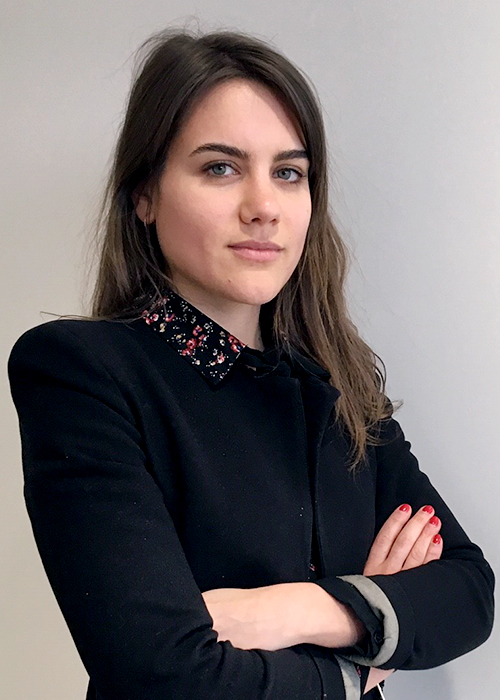I loved mathematics and therefore chose to go to a rather general engineering school (UTT). During my first two years, I discovered algorithms during the foundation courses and I decided to specialise in IT.
After three years of specialisation, with my degree in Information Systems engineering in hand, I went on to complete it with a Master’s degree in Information Systems Security.
After my studies, I chose to focus my early career on professions that would allow me to apply what I had learned in practice.
During my engineering studies, I was awarded the prize for female scientific vocation, which honours women in scientific circles (<30% women). Gender diversity is very low in higher education scientific fields. I completed my course in an amphitheatre of about 50 students, where only two of us were women.
After working at RSA (Dell) on the installation and configuration of the SIEM NetWitness solution (collection and correlation of logs), I joined Crédit Agricole and today I’m a network security engineer in the CA-GIP Security Operating Centre (SOC) which operates this solution every day.
In my previous job, in particular when we went to work in datacenters, it was not uncommon to see surprise on the faces of my contacts, for whom I did not represent a stereotypical datacenter technician.
In the CA-GIP SOC, I am, in particular, part of the Detection Continuous Improvement team which devises and implements new solutions for detecting more threats. There are four women in the team of 31 (internal + AT). Gender diversity has not changed since my studies. However, I feel that I am fully accepted and recognised.
